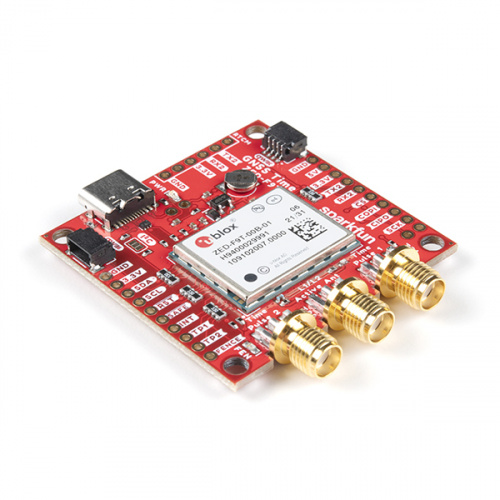When it comes to precision timing, atomic clocks are the only way to go. Of course for most of us, adding an atomic clock to our project can be a little cost prohibitive. (We had a small atomic clock on our website for a bit, and yes, even that one was well out of my project price range.) Luckily, most of us have constant access to atomic clocks -- every global positioning satellite carries multiple atomic clocks, all of which must be accurate to within just a few billionths of a second. Even the slightest variation beyond that could have catastrophic consequences on synchronized power grids, television, the internet, banking and digital signing, and a host of other important global functions.
While an in-depth explanation of why atomic clocks work and how they are able to maintain such accuracy could easily take a full semester’s worth of classes, if I skip things, like how to excite the electrons of a cesium atom to the point where it changes energy states, I should be able to give a very brief overview of high precision timing in about eight minutes.
If you're interested, the SparkFun GNSS Timing Breakout offers a unique entry into SparkFun's geospatial catalog by featuring the ZED-F9T GNSS receiver from u-blox. The ZED-F9T provides up to five nanosecond timing accuracy under clear skies with no external GNSS correction, making it perfect for applications where timing accuracy is imperative. Need an extremely accurate time reference to maximize the efficiency of your IoT network of 5G devices? The ZED-F9T GNSS Timing Breakout could be the perfect solution.

Ready to get hands-on with GNSS?
We have a page just for you! We'll walk you through the basics of how GPS/GNSS works, the hardware needed, and project tutorials to get you started.









